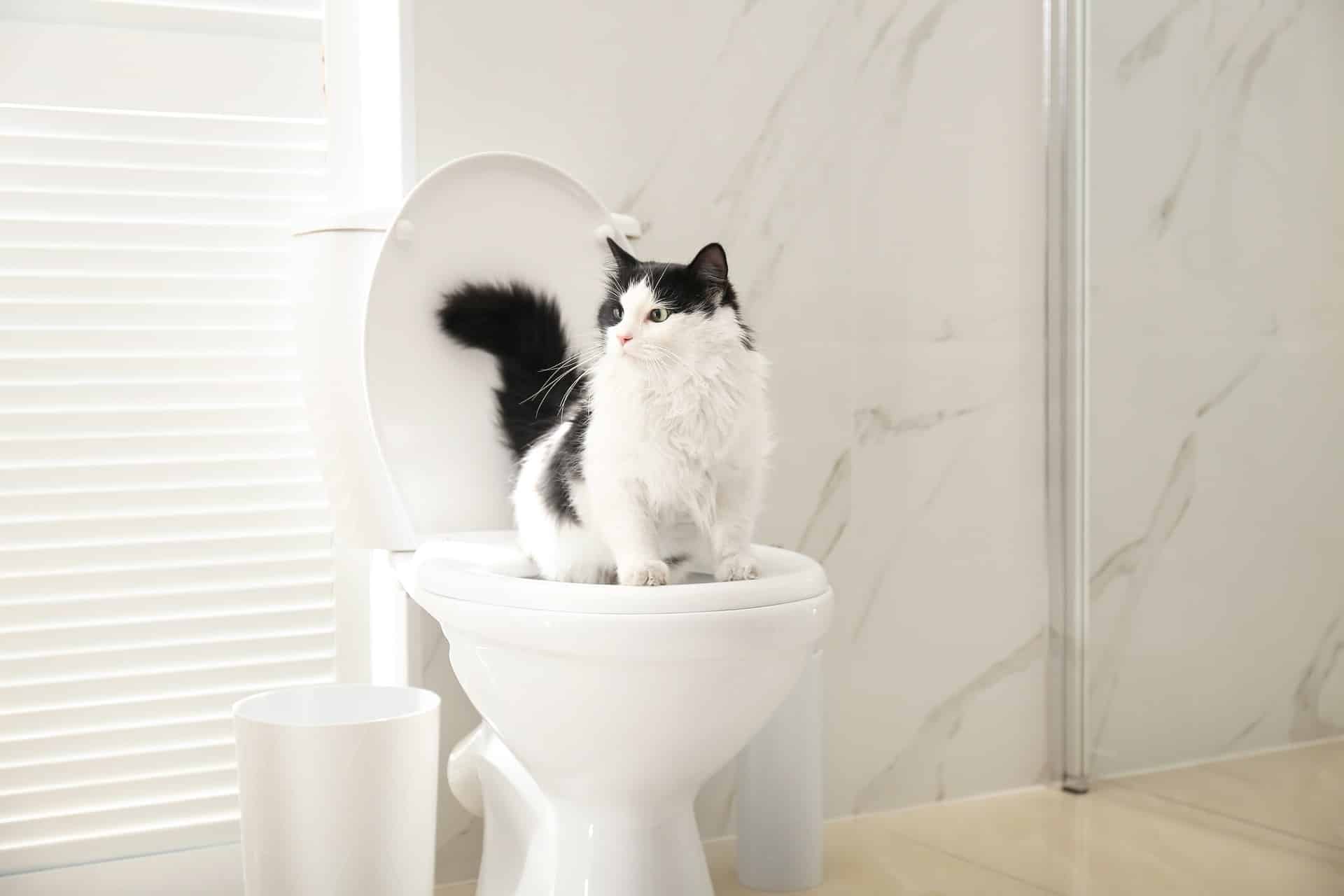Uncovering Why Animal Waste Should Not Be Flushed Down the Toilet
Uncovering Why Animal Waste Should Not Be Flushed Down the Toilet
Blog Article
The article below relating to Should you flush animal waste down the toilet is totally motivating. Don't miss it.

When it comes to throwing away waste, particularly animal waste, many individuals typically resort to the hassle-free choice of flushing it down the bathroom. Nonetheless, this seemingly simple solution can have major consequences for the environment and public health. In this write-up, we'll explore why flushing animal waste down the bathroom is a bad idea and provide alternate techniques for correct disposal.
Intro
Proper waste disposal is important for preserving environmental sustainability and public health. While it might appear harmless to purge animal waste down the bathroom, it can cause different concerns, both for the setting and human wellness.
Risks of flushing animal waste
Environmental influence
Purging pet waste presents damaging bacteria and virus into waterways, which can negatively influence aquatic communities. These pathogens can pollute water sources and harm marine life, disrupting fragile ecosystems.
Public health problems
Animal waste includes hazardous bacteria such as E. coli and Salmonella, which can posture major wellness dangers to people. Flushing animal waste down the toilet can contaminate water materials, leading to the spread of conditions and infections.
Alternatives to flushing
As opposed to flushing pet waste down the commode, there are a number of different disposal methods that are a lot more environmentally friendly and hygienic.
Composting
Composting pet waste is an eco-friendly means to dispose of it. By composting, raw material is broken down right into nutrient-rich dirt, which can be used to feed yards and plants.
Garbage dump disposal
Throwing away pet waste in a landfill is an additional choice. While not as eco-friendly as composting, it is a safer choice to flushing, as it prevents the contamination of water sources.
Family pet garbage disposal systems
There are specialized animal garbage disposal systems readily available that safely and hygienically dispose of animal waste. These systems often use enzymes to break down waste and eliminate odors.
Steps to correct animal waste disposal
To guarantee proper disposal of pet waste, comply with these steps:
Scooping and getting waste
Routinely scoop and bag animal waste making use of eco-friendly bags. This protects against waste from polluting the setting.
Making use of assigned waste bins
Dispose of bagged animal waste in designated waste bins, such as garden compost containers or garbage dump containers. Prevent flushing it down the bathroom at all prices.
Cleansing can and pet locations on a regular basis
Frequently tidy litter boxes and pet areas to stop the buildup of waste and germs. Use pet-safe cleaning products to preserve hygiene.
Benefits of appropriate disposal approaches
Taking on proper disposal approaches for pet waste provides a number of advantages:
Lowered environmental pollution
Proper disposal approaches reduce the threat of environmental pollution, securing rivers and communities from contamination
Reduced threat of water contamination.
By avoiding flushing animal waste down the commode, the danger of water contamination is dramatically minimized, securing public health.
Improved hygiene and health
Proper disposal methods promote better hygiene and health, creating a more secure atmosphere for both human beings and pets.
Conclusion
Finally, purging animal waste down the toilet is dangerous to the setting and public health. By taking on alternate disposal methods and complying with proper waste monitoring techniques, we can minimize the unfavorable effect of pet waste and contribute to a cleaner, healthier planet.
What To Do With Dog Poo – The Do's And Don'ts Of Disposing Of Faeces
Dog poo bins
Some councils provide dedicated dog waste bins in popular dog-walking areas that can take dog poo that has been bagged but you can legally dispose of dog waste in any public litter bin, as long as it is securely bagged. This also applies to your wheelie bin at home.
Do not flush
Water companies do not recommend flushing dog faeces down the toilet because certain parasites can survive the water processing treatment and are potentially harmful to humans. You should also never consider flushing dog poo that has been bagged down the toilet as the bags will not break down and instead create severe blockages in the sewage system.
In the woods
The Forestry Commission promotes a ‘stick and flick’ method for dealing with waste in the woods. This means finding a stick and using it to flick any poo from off the path so that it is out of the way of other walkers. You could also bury it as long as it is not in an area where there might be livestock.
Livestock
Parasites found in dog poo can be transmitted to livestock if they inadvertently eat infected faeces that has been left on grazing land. This could result in the death of sheep or abortion in cattle so you should always make sure you pick up your dog’s waste in fields where livestock could be present.

I stumbled upon that page about Why you should never flush dog poop down the toilet while doing a lookup on the search engines. Kindly take a moment to distribute this page if you liked it. Thank-you for your time invested reading it.
Click Here Report this page